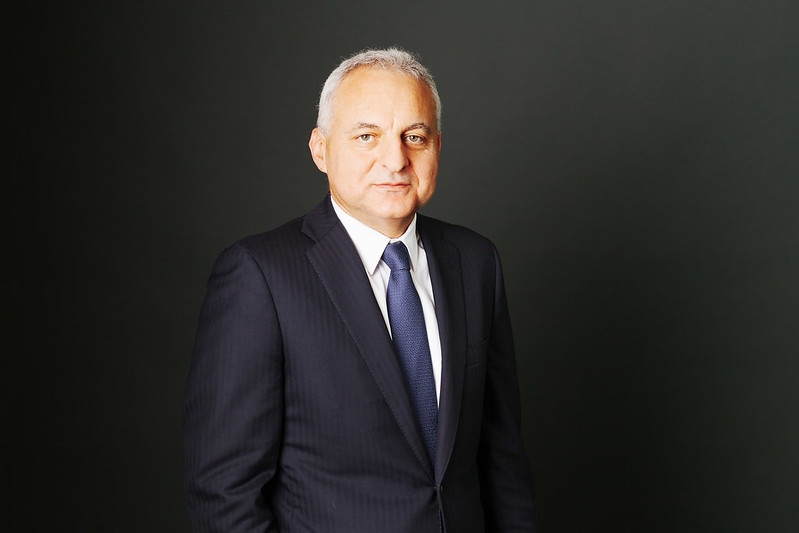Rolls-Royce is set to embark on a divestment program, efficiency initiatives, and partnerships as part of its new mid-term financial targets that will represent “a step change” in its financial performance, making the business “stronger and more resilient than it has been before.”
In the mid-term this means achieving operating profit of £2.5bn-£2.8bn, operating margin of 13-15% with free cash flow of £2.8bn-£3.1bn and return on capital of 16-18%.
These targets are based upon expectations for a 2027 timeframe. Rolls-Royce said: “We expect a progressive, but not necessarily linear, improvement year-on-year, and if we can accelerate the achievement of our ambitions we will.
“These targets, the performance improvements that underpin them and the actions we require to achieve them, are owned across the group and supported through rigorous performance management and clear lines of accountability. Our strong start to 2023 provides further confidence in our ability to deliver.”
Rolls-Royce’s new strategy is based on four pillars: portfolio choices & partnerships (the markets it is choosing to operate in, businesses it wants to invest in, and partnerships that will create truly winning positions), advantaged businesses & strategic initiatives (how it will create a competitive business, expand earnings potential and improve performance), efficiency & simplification (the importance of a company-wide focus to drive synergies that enable Rolls-Royce to be more competitive and simplify the way it operates), and lower carbon & digitally enabled businesses (Rolls-Royce’s commitment to the energy transition, building on the tangible progress it has made to date, and capturing the benefits of becoming more digitally enabled).
Amongst choices made to deliver the step change in financial performance, Rolls-Royce’s group-wide divestment program is targeting gross proceeds of between £1bn and £1.5bn over the next five years, which do not form part of the firm’s free cash flow targets.
Rolls-Royce said it will only sell assets at the right time and at the right price. For example, in Rolls-Royce Electrical the business is looking at options to exit in the short run or alternatively for the right value, reduce its position to minority with an intention to exit fully in the mid-term.
Rolls-Royce also believes “the world-class capability” it has built in Advanced Air Mobility will represent good value to a third party and will allow it to focus on its core electrical engineering activities in Power Systems, Defence and Civil Aerospace.
Moreover, Rolls-Royce efficiency initiatives will deliver sustainable savings of £400m-£500m in the mid-term.
Chief Executive Tufan Erginbilgic said: “Rolls-Royce is at a pivotal point in its history. After a strong start to our transformation programme, we are today laying out a clear vision for the journey we need to take and the areas where we must focus.
“We are creating a high performing, competitive, resilient and growing Rolls-Royce that will have the financial strength to control and shape its own destiny. We are confident in our ability to achieve these ambitions and have a clear and granular plan to deliver on our targets.
“We have made significant progress, with 2023 profit and cash forecast to be materially ahead of 2022.
“We are setting compelling and achievable financial targets for the mid-term which will take Rolls-Royce significantly beyond any previous financial performance. This will benefit not just our shareholders but our people, customers and partners.
“We are building ‘one Rolls-Royce’. A company that can fully realise its potential, ensuring the excellence and innovation that helped shape the modern world, endures long into the future.”



